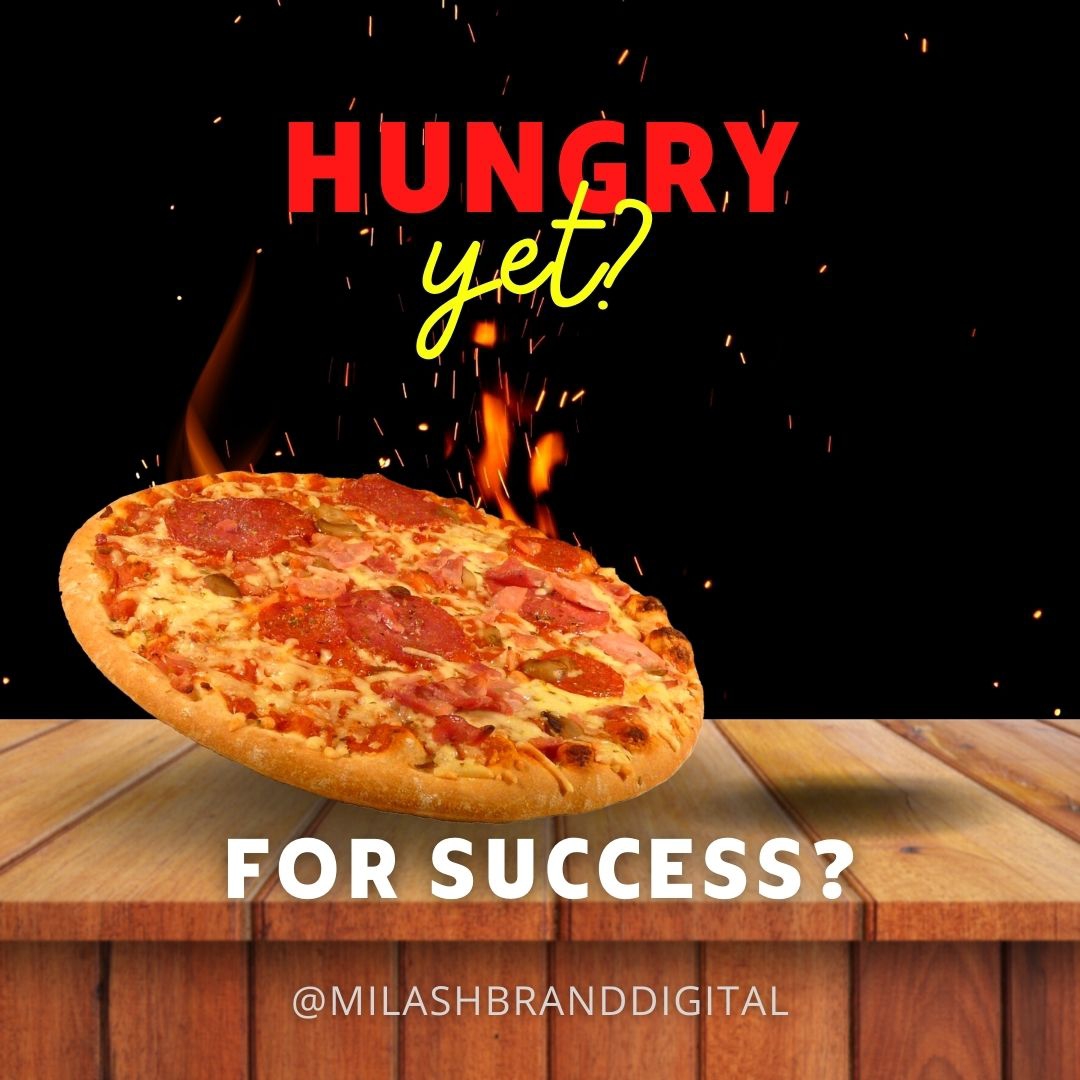Link building is a fundamental aspect of Search Engine Optimization (SEO) that involves acquiring high-quality and relevant backlinks to a website. In the ever-evolving landscape of digital marketing, link building remains a crucial strategy for improving organic search visibility and driving targeted traffic. This article explores the concept of link building, its significance in SEO, and the various types of links. Additionally, it provides insights into effective strategies for building high-quality backlinks, best practices for link building outreach, essential tools and resources, common mistakes to avoid, and methods to measure the success of a link building campaign. Understanding the principles and techniques behind link building can greatly contribute to enhancing the online presence and authority of your website.
1. Introduction to Link Building
What is Link Building?
Link building is like networking for websites. Just as making connections with the right people can open doors for you professionally, building links with other websites is crucial for your website's success. In simple terms, link building is the process of getting other websites to link to your website. These links act as votes of confidence, signaling to search engines that your content is valuable and trustworthy.
The Role of Link Building in SEO
Link building plays a vital role in a website's search engine optimization (SEO) strategy. Search engines, like Google, consider links as one of the key factors when ranking websites in their search results. The more high-quality links pointing to your site, the more authority and relevance search engines attribute to your content. As a result, your website is more likely to rank higher in search engine results pages (SERPs), leading to increased visibility and organic traffic.
2. Importance of Link Building for SEO
Enhancing Search Engine Rankings
Think of link building as a popularity contest for your website. When other reputable websites link to yours, search engines view it as a vote of confidence. The more links you have from authoritative websites, the more likely your site will climb higher in search rankings, making it easier for people to find you.
Improving Website Authority and Trust
Building high-quality links helps establish your website as a trustworthy source of information. When reputable sites link to yours, it signals to users and search engines alike that your content is reliable and worth exploring. This boosts your website's authority, making it more likely that users will trust your brand and engage with your content.
Increasing Organic Traffic
Link building is a powerful way to drive organic traffic to your website. The more quality links you have pointing to your site, the more opportunities you have for people to discover and visit your pages. Not only can this increase your visibility in search engine results, but it also exposes your website to new audiences, leading to a steady stream of organic traffic over time.
3. Different Types of Links and Their Significance
Natural Links vs. Artificial Links
Natural links are links that other websites organically choose to include because they find your content valuable. These links are considered more valuable by search engines because they reflect genuine recognition and endorsement of your website. On the other hand, artificial links are those that you actively pursue through tactics like link exchanges or buying links. While artificial links can be tempting, search engines are getting smarter at identifying them and may penalize websites that engage in shady link-building practices.
Do-Follow vs. No-Follow Links
Do-follow links have a direct impact on your website's search engine rankings. These links pass on "link juice," informing search engines that they should consider your site as a valuable reference. In contrast, no-follow links include an HTML attribute that tells search engines not to count them as a ranking factor. However, no-follow links still play a role in driving traffic and building your website's overall online presence, even if they don't directly impact SEO.
Internal Links vs. External Links
Internal links are links that connect different pages within your own website. They help search engines understand the structure and hierarchy of your site, while also providing users with easy navigation. External links, on the other hand, are links from your website to other authoritative websites. These links can enhance credibility and provide additional value to your users by directing them to relevant and trustworthy sources of information.
4. Effective Strategies for Building High-Quality Backlinks
Guest Blogging and Content Contribution
Guest blogging is like crashing a party, but in a good way. By writing valuable content for other websites in your industry, you can include a link back to your site in your author bio or within the body of the article. This not only allows you to showcase your expertise and reach a wider audience but also earns you valuable backlinks that can boost your website's authority.
Broken Link Building
Broken link building is like finding a silver lining in a broken chain. It involves identifying broken links on other websites and reaching out to the website owners or administrators. By suggesting your own relevant, high-quality content as a replacement for the broken link, you not only help the website fix its broken links but also gain a valuable backlink in return.
Infographics and Visual Content for Link Building
Infographics are like eye-catching billboards on the internet highway. Creating visually appealing and informative infographics can attract attention from other websites and social media users, leading to valuable backlinks. People love sharing and linking to visually compelling content, so take advantage of this by creating engaging infographics that other sites will be eager to link to.
Remember, when it comes to link building, quality trumps quantity. Seek out reputable websites, focus on creating valuable content, and never forget to keep it natural. With patience and perseverance, your link building efforts will lead to improved search engine rankings, increased website authority, and a steady flow of organic traffic.5. Best Practices for Link Building Outreach
Identifying Relevant and Authoritative Websites
When it comes to link building, it's important to prioritize quality over quantity. Instead of reaching out to every website out there, focus on identifying those that are both relevant to your niche and authoritative in their industry. This means finding websites that have a strong reputation, a good number of organic backlinks, and content that aligns with your own.
Crafting Compelling Outreach Emails
Outreach emails can make or break your link building efforts. To increase your chances of success, make sure your emails are concise, personalized, and compelling. Start by introducing yourself and explaining why you find their website valuable. Then, clearly state your request for a backlink and offer something of value in return, such as a guest post or promotion.
Personalization and Customization of Outreach Messages
Generic outreach messages are easy to spot and often end up in the virtual trash bin. Take the time to personalize and customize your outreach messages for each recipient. Reference specific articles or content on their website, mention why you believe a collaboration would be mutually beneficial, and show genuine interest in their work. This extra effort will greatly increase your chances of getting a positive response.
6. Tools and Resources for Link Building
Keyword Research Tools for Link Building
Keyword research is a crucial part of any link building strategy. By using tools like Google Keyword Planner or SEMrush, you can identify relevant keywords and phrases that are highly searched for in your niche. This will help you create content that naturally attracts backlinks and increases your website's visibility.
Backlink Analysis Tools
Monitoring your backlink profile is essential for effective link building. Tools like Ahrefs or Moz's Link Explorer allow you to analyze your current backlinks, identify any toxic or low-quality links, and find opportunities to acquire high-quality backlinks from authoritative websites.
Outreach and Relationship Management Tools
Managing your link building outreach can be a daunting task. Thankfully, there are tools like Pitchbox or BuzzStream that can streamline the process. These tools help you keep track of your outreach campaigns, automate follow-ups, and organize your relationships with website owners, making your link building efforts more efficient.
7. Common Link Building Mistakes to Avoid
Over-optimizing Anchor Text
While anchor text is important for SEO, over-optimizing it can raise red flags to search engines. Avoid using exact-match anchor text excessively and instead opt for a more natural and diverse range of anchor text. This will help you maintain a healthy backlink profile and avoid penalties from search engines.
Purchasing Low-Quality Links
Buying links may sound tempting, but it's a risky practice that can do more harm than good. Search engines have become increasingly sophisticated in identifying paid or low-quality links, and the penalties for such practices can severely damage your website's ranking. Focus on building genuine relationships and acquiring high-quality backlinks through organic means.
Ignoring Relevancy and Authority of Link Sources
Don't fall into the trap of acquiring backlinks from any website that's willing to link to you. Relevance and authority matter! Aim for links from websites that are closely related to your niche and have a strong reputation in their industry. These links will carry more weight and prove more valuable in boosting your search engine rankings.
8. Measuring the Success of Your Link Building Campaign
Defining Key Performance Indicators (KPIs)
Before diving into a link building campaign, it's crucial to establish clear goals and key performance indicators (KPIs). These could include the number of acquired backlinks, referral traffic, or an increase in search engine rankings. Having measurable objectives will help you track the effectiveness of your efforts and make data-driven decisions.
Monitoring Backlink Profile and Traffic Metrics
Regularly monitor your backlink profile and traffic metrics to assess the impact of your link building campaign. Tools like Google Analytics or Google Search Console can provide valuable insights into the number of backlinks, referral traffic sources, and user behavior on your website. This data will help you identify areas for improvement and adjust your strategy accordingly.
Analyzing the Impact on Search Engine Rankings
Ultimately, the success of your link building campaign can be measured by its impact on search engine rankings. Keep an eye on your website's position in search results for targeted keywords and phrases. If your rankings show improvement over time, it's a positive sign that your link building efforts are paying off. However, remember that SEO is a long-term game, and it may take time to see significant changes in rankings.In conclusion, link building plays a pivotal role in optimizing websites for search engines and driving organic traffic. By implementing effective strategies, such as guest blogging, broken link building, and content creation, you can build a strong network of high-quality backlinks. It is important to avoid common mistakes and adhere to best practices for successful link building outreach. Utilizing tools and resources can streamline the process and provide valuable insights. Lastly, regularly measuring the impact of your link building efforts will help refine your strategies and achieve better results. By incorporating link building into your SEO strategy, you can boost your website's visibility, authority, and ultimately, its success in the digital landscape.
FAQ
1. What is the importance of link building for SEO?
Link building is crucial for SEO as it helps search engines understand the relevance, authority, and credibility of a website. By acquiring high-quality backlinks from reputable sources, a website can improve its organic search rankings, increase visibility, and drive targeted traffic.
2. Are all links created equal?
No, not all links are created equal. Different types of links carry varying levels of significance. Natural links from authoritative websites within the same industry are highly valuable, while artificial or low-quality links can have a negative impact. It is important to focus on acquiring high-quality, relevant, and organic backlinks for effective link building.
3. What are some common link building mistakes to avoid?
Some common link building mistakes to avoid include over-optimizing anchor text, purchasing low-quality links, and neglecting the relevance and authority of link sources. It is crucial to prioritize quality over quantity, adhere to ethical practices, and build a diverse and natural backlink profile.
4. How can I measure the success of my link building campaign?
Measuring the success of a link building campaign involves monitoring key performance indicators (KPIs) such as organic search rankings, website traffic, and backlink profile metrics. Tools like Google Analytics, backlink analysis tools, and rank tracking software can provide valuable insights into the impact of your link building efforts, helping you evaluate the effectiveness of your strategy and make necessary adjustments.









